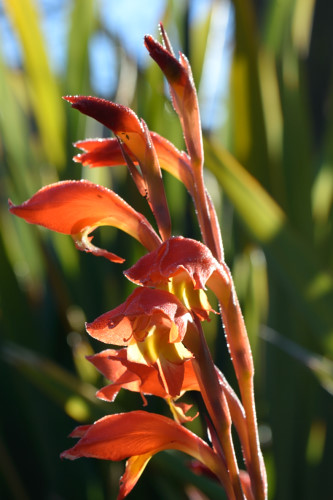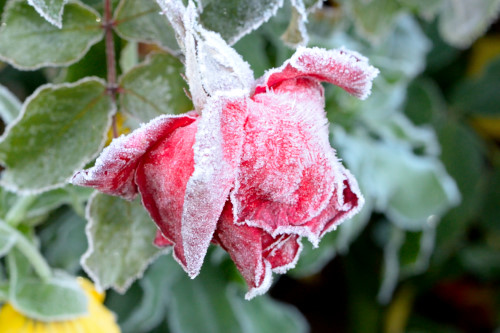Life on a CapeNature
stewardship Nature Reserve is a bit different. At least it's hard to
compare to other places I've lived across the world, which range from
London to the Amazon.
Its beautiful,
peaceful, healthy, invigorating. We live surrounded by the
entertainment that nature has to offer, marking time by the state of
bloom of the flowers on the hills. I wake each day with a feeling of
purpose, excited about what the day has in store for me.
But being a custodian
of the land is hard work, with few options for generating income. In
effect, its a giant land-care hobby: we do it for the love of the
land. We spend hours of time maintaining trails, attempting to
maintain roads, mediate erosion, and controlling alien plants.
Thankfully, our
lifestyle and location does appeal to the young and adventurous. We
support a steady stream of volunteers from around the world, who come
and help with various projects on a volunteer basis. Payment is food,
accommodation, and a chance to explore a true wilderness area while
contributing to conservation efforts. Here are some photos of
volunteers and their activities.
Last year Jessie
(Switzerland) and Adrian (France) got fit and healthy filling
sandbags and planting vygies in an area that has not recovered from
sheet erosion:
At least the alien
black wattle trees are a consistent source of firewood, even if the
light wood itself burns a bit fast. Getting the wood into firewood
format is a big task:
Over the last month
we've had three strong lads volunteering with us: Ivan (Ozzie);
Augustin (France); and Brian (South African). We used their muscle
power to move tons of rocks to change the route of a track to cross
two deep erosion gulleys. These gulleys were the legacy of ploughing
of sensitive soils decades ago. The track was routing over the head
of these gulleys: sensitive areas where a road was merely
exacerbating erosion. The new route now avoids this area, plus the
rock bridges across the gulleys will slow down further erosion within
the gulleys themselves. This is the culmination of a project that started years ago, where you can also get a better idea of how deep the erosion gulleys are.
 |
| photo courtesy of Augustin Calas |
 |
| photo courtesy of Augustin Calas |
On a buttonquail survey
some weeks ago we found an isolated pine in a very remote section of
the reserve. The three intrepid volunteers headed for the pine on
their day off and chopped down another threat to our areas
biodiversity.
 |
| Photo courtesy of Augustin Calas |
The volunteers have
also helped us with a variety of research and monitoring tasks. This
past summer Christina van Midden, Dean Portelli, Marie Pascal, Ruby
and Dan helped us with all day monitoring Cape Rockjumpers. Ruby and
Dan transcribed pages of information stored in bird books into
spreadsheet format for a meta analysis project that will explore
life-history correlates of population declines. Over the last week
we've digitized over 25000 photographs from our remote cameras
monitoring visitation of nectarivores to proteas, and of a variety of
bird species visiting drinking sites. Phoebe Barnard will be
reporting on some aspects of these research project at this years
Fynbos Forum, to be held in Montagu.
So... a big thank you
to all the Blue Hill volunteers that have all helped our conservation
and biodiversity actions in some small way, we are most grateful for
you help (as are the voiceless species that represent the
biodiversity of the Fynbos).














